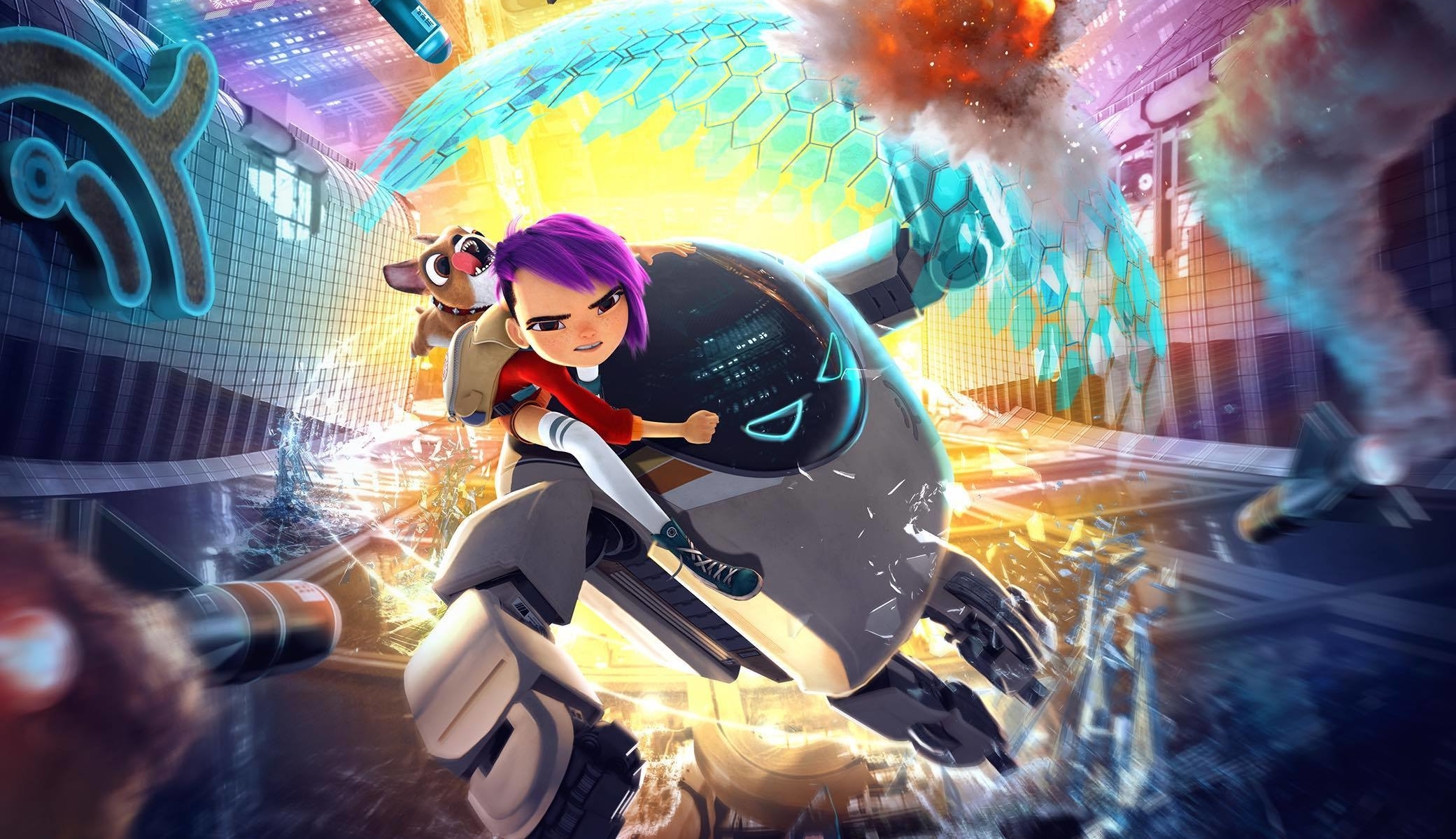 Whether growing a brand new skill or discovering a lodge for an overnight trip, studying experiences are made up of gateways, guides, and destinations. Conversational AI can tremendously improve customer engagement and support by providing personalised and interactive experiences. Artificial intelligence (AI) has change into a powerful tool for companies of all sizes, helping them automate processes, enhance buyer experiences, and acquire precious insights from knowledge. And certainly such units can serve pretty much as good "tools" for the neural net-like Wolfram|Alpha might be a very good tool for ChatGPT. We’ll talk about this more later, however the main level is that-unlike, say, language understanding AI for learning what’s in pictures-there’s no "explicit tagging" needed; ChatGPT can in impact simply learn directly from whatever examples of text it’s given. Learning involves in effect compressing information by leveraging regularities. And a lot of the sensible challenges round neural nets-and machine learning usually-middle on acquiring or preparing the mandatory training data.
Whether growing a brand new skill or discovering a lodge for an overnight trip, studying experiences are made up of gateways, guides, and destinations. Conversational AI can tremendously improve customer engagement and support by providing personalised and interactive experiences. Artificial intelligence (AI) has change into a powerful tool for companies of all sizes, helping them automate processes, enhance buyer experiences, and acquire precious insights from knowledge. And certainly such units can serve pretty much as good "tools" for the neural net-like Wolfram|Alpha might be a very good tool for ChatGPT. We’ll talk about this more later, however the main level is that-unlike, say, language understanding AI for learning what’s in pictures-there’s no "explicit tagging" needed; ChatGPT can in impact simply learn directly from whatever examples of text it’s given. Learning involves in effect compressing information by leveraging regularities. And a lot of the sensible challenges round neural nets-and machine learning usually-middle on acquiring or preparing the mandatory training data.
If that worth is sufficiently small, then the training might be thought of profitable; otherwise it’s in all probability an indication one should strive altering the network architecture. But it’s hard to know if there are what one might think of as tips or shortcuts that permit one to do the task a minimum of at a "human-like level" vastly extra easily. The fundamental thought of neural nets is to create a flexible "computing fabric" out of a big quantity of straightforward (basically similar) parts-and to have this "fabric" be one that can be incrementally modified to study from examples. As a practical matter, one can imagine building little computational devices-like cellular automata or Turing machines-into trainable methods like neural nets. Thus, for instance, one might want photos tagged by what’s in them, or another attribute. Thus, for instance, having 2D arrays of neurons with local connections appears no less than very helpful within the early phases of processing photos. And so, for instance, one would possibly use alt tags that have been provided for photographs on the web. And what one sometimes sees is that the loss decreases for a while, however finally flattens out at some fixed value.
There are alternative ways to do loss minimization (how far in weight area to move at every step, and so forth.). In the future, will there be essentially higher ways to prepare neural nets-or typically do what neural nets do? But even throughout the framework of current neural nets there’s at the moment an important limitation: neural web training as it’s now completed is essentially sequential, with the consequences of every batch of examples being propagated back to replace the weights. They also can find out about varied social and ethical issues corresponding to deep fakes (deceptively genuine-seeming pictures or videos made automatically using neural networks), the effects of using digital strategies for profiling, and the hidden facet of our on a regular basis electronic units corresponding to smartphones. Specifically, you offer instruments that your clients can combine into their webpage to draw clients. Writesonic is a part of an AI suite and it has other instruments such as Chatsonic, Botsonic, Audiosonic, and many others. However, they aren't included in the Writesonic packages. That’s not to say that there are no "structuring ideas" which can be related for neural nets. But an important feature of neural nets is that-like computers normally-they’re in the end simply coping with data.
 When one’s dealing with tiny neural nets and simple tasks one can generally explicitly see that one "can’t get there from here". In many instances ("supervised learning") one wants to get express examples of inputs and the outputs one is expecting from them. Well, it has the nice feature that it might probably do "unsupervised learning", making it much simpler to get it examples to prepare from. And, similarly, when one’s run out of precise video, and so forth. for coaching self-driving cars, one can go on and just get knowledge from working simulations in a model videogame-like surroundings without all the detail of precise real-world scenes. But above some measurement, it has no problem-at least if one trains it for long enough, with sufficient examples. But our modern technological world has been constructed on engineering that makes use of not less than mathematical computations-and increasingly also extra general computations. And if we glance on the natural world, it’s full of irreducible computation-that we’re slowly understanding how to emulate and use for our technological functions. But the purpose is that computational irreducibility implies that we will by no means assure that the unexpected won’t happen-and it’s solely by explicitly doing the computation you can inform what actually occurs in any particular case.
When one’s dealing with tiny neural nets and simple tasks one can generally explicitly see that one "can’t get there from here". In many instances ("supervised learning") one wants to get express examples of inputs and the outputs one is expecting from them. Well, it has the nice feature that it might probably do "unsupervised learning", making it much simpler to get it examples to prepare from. And, similarly, when one’s run out of precise video, and so forth. for coaching self-driving cars, one can go on and just get knowledge from working simulations in a model videogame-like surroundings without all the detail of precise real-world scenes. But above some measurement, it has no problem-at least if one trains it for long enough, with sufficient examples. But our modern technological world has been constructed on engineering that makes use of not less than mathematical computations-and increasingly also extra general computations. And if we glance on the natural world, it’s full of irreducible computation-that we’re slowly understanding how to emulate and use for our technological functions. But the purpose is that computational irreducibility implies that we will by no means assure that the unexpected won’t happen-and it’s solely by explicitly doing the computation you can inform what actually occurs in any particular case.